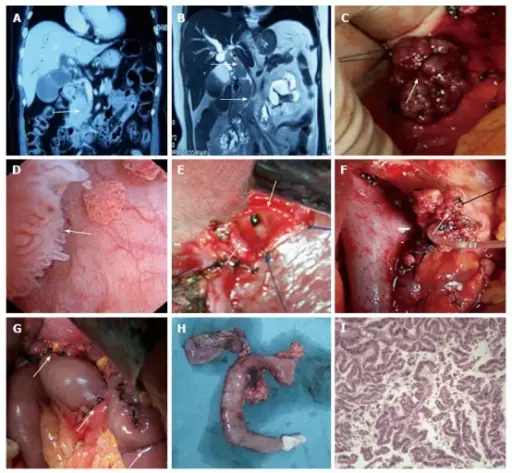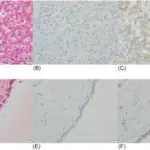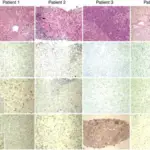Bile duct obstruction is a condition when one of the ducts that carry bile from the liver to the intestine via the gallbladder becomes blocked.
What is the Pathology of Bile Duct Obstruction?
The pathology of bile duct obstruction is:
-Etiology: The cause of bile duct obstruction is gallstones
-Genes involved: None.
-Pathogenesis: The sequence of events that lead to bile duct obstruction might include pancreatitis or an injury to the abdomen.
-Histology: The histology associated with bile duct obstruction shows centrilobular canalicular cholestasis, followed shortly by portal tract edema, ductular reaction, and mild chronic inflammation.
How does Bile Duct Obstruction Present?
Patients with bile duct obstruction typically affect females present at the age range of 30-40. The symptoms, features, and clinical findings associated with bile duct obstruction include jaundice, nausea, vomiting, abdominal pain, fever. Without treatment, bile duct obstruction may progress to fibrosis and cirrhosis with duct loss.
How is Bile Duct Obstruction Diagnosed?
Bile duct obstruction is diagnosed typically by clinical presentation and radiologic findings.
How is Bile Duct Obstruction Treated?
Bile duct obstruction is treated with cholecystectomy and an ERCP.
What is the Prognosis of Bile Duct Obstruction?
The prognosis of bile duct obstruction is poor causing life-threatening infections.



